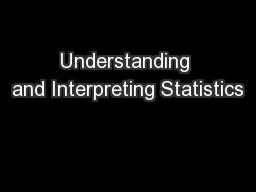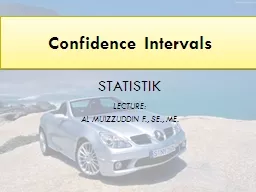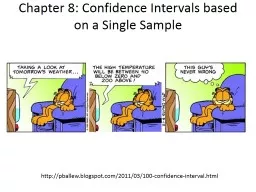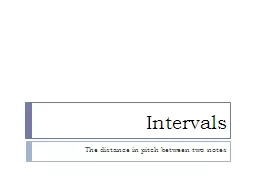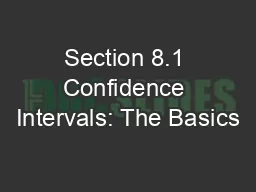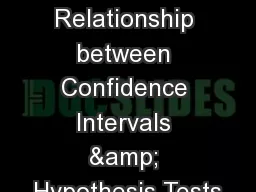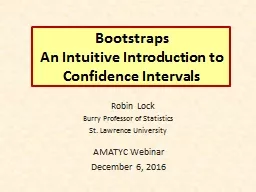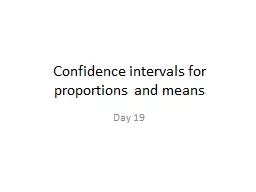PPT-Confidence Intervals
Author : celsa-spraggs | Published Date : 2017-08-13
GrowingKnowingcom 2011 1 GrowingKnowingcom 2011 Estimates We are often asked to predict the future When will you complete your team project When will you make
Presentation Embed Code
Download Presentation
Download Presentation The PPT/PDF document "Confidence Intervals" is the property of its rightful owner. Permission is granted to download and print the materials on this website for personal, non-commercial use only, and to display it on your personal computer provided you do not modify the materials and that you retain all copyright notices contained in the materials. By downloading content from our website, you accept the terms of this agreement.
Confidence Intervals: Transcript
Download Rules Of Document
"Confidence Intervals"The content belongs to its owner. You may download and print it for personal use, without modification, and keep all copyright notices. By downloading, you agree to these terms.
Related Documents



